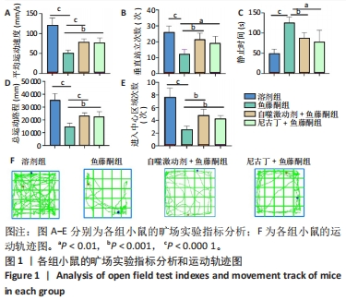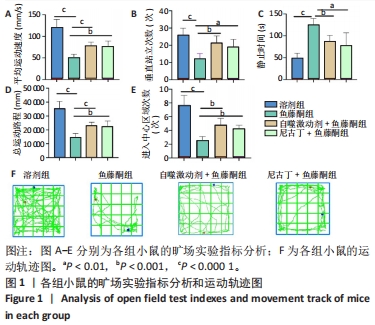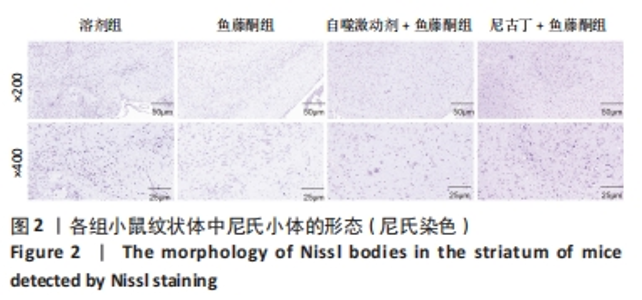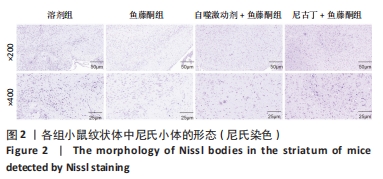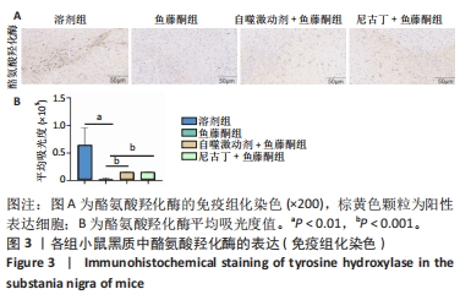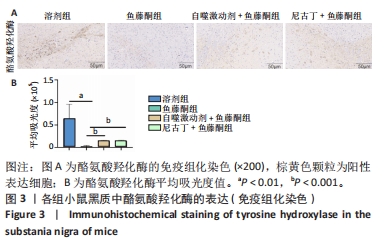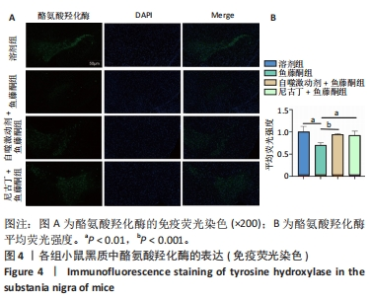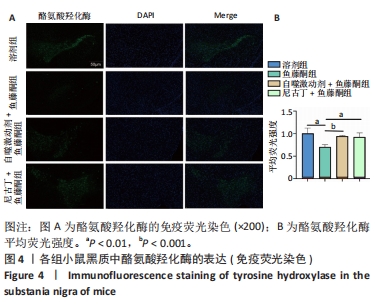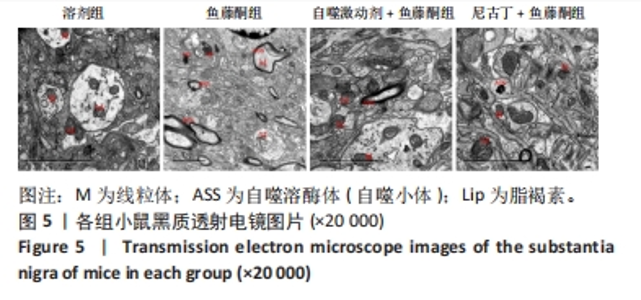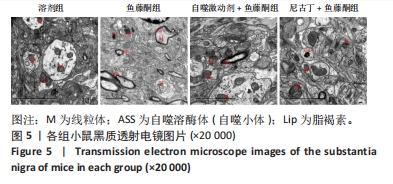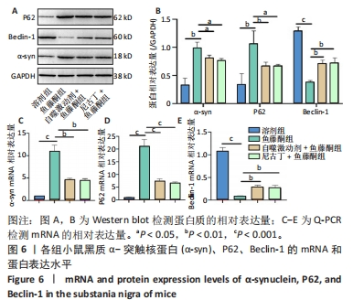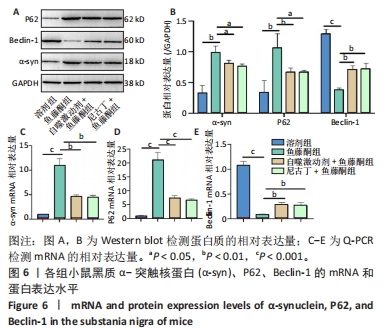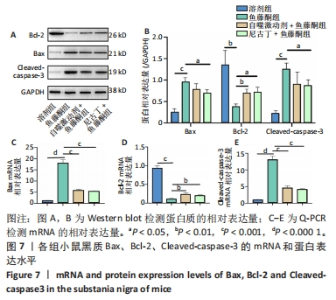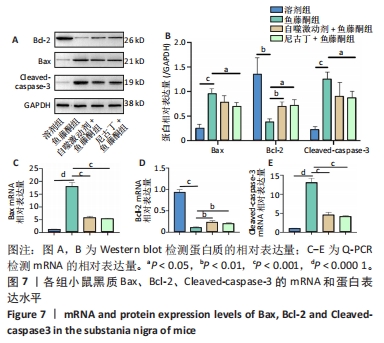[1] SCHAPIRA AH, JENNER P. Etiology and pathogenesis of Parkinson’s disease. Mov Disord. 2011;26(6):1049-1055.
[2] DICKSON DW. Neuropathology of Parkinson disease. Parkinsonism Relat Disord. 2018;46 Suppl 1(Suppl 1):S30-S33.
[3] WIRDEFELDT K, ADAMI HO, COLE P, et al. Epidemiology and etiology of Parkinson’s disease: a review of the evidence. Eur J Epidemiol. 2011;26 Suppl 1:S1-58.
[4] QUIK M. Smoking, nicotine and Parkinson’s disease. Trends Neurosci. 2004; 27(9):561-568.
[5] DOMÍNGUEZ-BALEÓN C, ONG JS, SCHERZER CR, et al. Understanding the effect of smoking and drinking behavior on Parkinson’s disease risk: a Mendelian randomization study. Sci Rep. 2021;11(1):13980.
[6] BRENNER DE, KUKULL WA, VAN BELLE G, et al. Relationship between cigarette smoking and Alzheimer’s disease in a population-based case-control study. Neurology. 1993;43(2):293-300.
[7] DOLL R, PETO R, BOREHAM J, et al. Smoking and dementia in male British doctors: prospective study. BMJ. 2000;320(7242):1097-1102.
[8] BENEDETTI MD, BOWER JH, MARAGANORE DM, et al. Smoking, alcohol, and coffee consumption preceding Parkinson’s disease: a case-control study. Neurology. 2000;55(9):1350-1358.
[9] ADACHI A, KOIZUMI M, OHSUMI Y. Autophagy induction under carbon starvation conditions is negatively regulated by carbon catabolite repression. J Biol Chem. 2017;292(48):19905-19918.
[10] KLIONSKY DJ, ABDEL-AZIZ AK, ABDELFATAH S, et al. Guidelines for the use and interpretation of assays for monitoring autophagy (4th edition). Autophagy. 2021;17(1):1-382.
[11] ZOU CG, MA YC, DAI LL, et al. Autophagy protects C. elegans against necrosis during Pseudomonas aeruginosa infection. Proc Natl Acad Sci U S A. 2014;111(34):12480-12485.
[12] TYSNES OB, STORSTEIN A. Epidemiology of Parkinson’s disease. J Neural Transm (Vienna). 2017;124(8):901-905.
[13] TALPADE DJ, GREENE JG, HIGGINS DS JR, et al. In vivo labeling of mitochondrial complex I (NADH:ubiquinone oxidoreductase) in rat brain using [(3)H]dihydrorotenone. J Neurochem. 2000;75(6):2611-2621.
[14] NEFZGER MD, QUADFASEL FA, KARL VC. A retrospective study of smoking in Parkinson’s disease. Am J Epidemiol. 1968;88(2):149-158.
[15] TANNER CM, GOLDMAN SM, ASTON DA, et al. Smoking and Parkinson’s disease in twins. Neurology. 2002;58(4):581-588.
[16] GETACHEW B, CSOKA AB, ASCHNER M, et al. Nicotine protects against manganese and iron-induced toxicity in SH-SY5Y cells: Implication for Parkinson’s disease. Neurochem Int. 2019;124:19-24.
[17] MIHAILESCU S, DRUCKER-COLÍN R. Nicotine, brain nicotinic receptors, and neuropsychiatric disorders. Arch Med Res. 2000;31(2):131-144.
[18] TOULORGE D, GUERREIRO S, HILD A, et al. Neuroprotection of midbrain dopamine neurons by nicotine is gated by cytoplasmic Ca2+. FASEB J. 2011; 25(8):2563-2573.
[19] YANAGIDA T, TAKEUCHI H, KITAMURA Y, et al. Synergistic effect of galantamine on nicotine-induced neuroprotection in hemiparkinsonian rat model. Neurosci Res. 2008;62(4):254-261.
[20] QUIK M, WONNACOTT S. α6β2* and α4β2* nicotinic acetylcholine receptors as drug targets for Parkinson’s disease. Pharmacol Rev. 2011;63(4):938-966.
[21] JURADO-CORONEL JC, AVILA-RODRIGUEZ M, CAPANI F, et al. Targeting the Nicotinic Acetylcholine Receptors (nAChRs) in Astrocytes as a Potential Therapeutic Target in Parkinson’s Disease. Curr Pharm Des. 2016;22(10): 1305-1311.
[22] MONSALVE-MERCADO MM, ROUDI Y. Hippocampal spike-time correlations and place field overlaps during open field foraging. Hippocampus. 2020;30(4):354-366.
[23] SEO JH, RAH JC, CHOI SH, et al. Alpha-synuclein regulates neuronal survival via Bcl-2 family expression and PI3/Akt kinase pathway. FASEB J. 2002;16(13): 1826-1828.
[24] BRETAUD S, ALLEN C, INGHAM PW, et al. p53-dependent neuronal cell death in a DJ-1-deficient zebrafish model of Parkinson’s disease. J Neurochem. 2007;100(6):1626-1635.
[25] HARTMANN A, MICHEL PP, TROADEC JD, et al. Is Bax a mitochondrial mediator in apoptotic death of dopaminergic neurons in Parkinson’s disease? J Neurochem. 2001;76(6):1785-1793.
[26] OFFEN D, BEART PM, CHEUNG NS, et al. Transgenic mice expressing human Bcl-2 in their neurons are resistant to 6-hydroxydopamine and 1-methyl-4-phenyl-1,2,3,6- tetrahydropyridine neurotoxicity. Proc Natl Acad Sci U S A. 1998;95(10):5789-5794.
[27] MAJESKI AE, DICE JF. Mechanisms of chaperone-mediated autophagy. Int J Biochem Cell Biol. 2004;36(12):2435-2444.
[28] WANG YT, LU JH. Targeting chaperone-mediated autophagy for Parkinson’s disease therapy. Neural Regen Res. 2023;18(8):1723-1724.
[29] HIRSCH L, JETTE N, FROLKIS A, et al. The Incidence of Parkinson’s Disease: A Systematic Review and Meta-Analysis. Neuroepidemiology. 2016;46(4):292-300.
[30] WEBB JL, RAVIKUMAR B, ATKINS J, et al. Alpha-Synuclein is degraded by both autophagy and the proteasome. J Biol Chem. 2003;278(27):25009-25013.
[31] CUERVO AM, STEFANIS L, FREDENBURG R, et al. Impaired degradation of mutant alpha-synuclein by chaperone-mediated autophagy. Science. 2004;305(5688):1292-1295.
|
